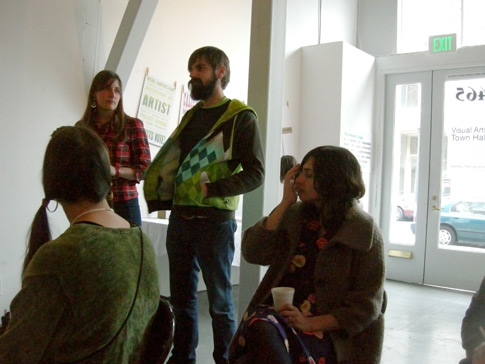 Oliver and I thank everyone for coming, introduce ourselves, the State of the Arts project, and Joseph
Oliver and I thank everyone for coming, introduce ourselves, the State of the Arts project, and Joseph
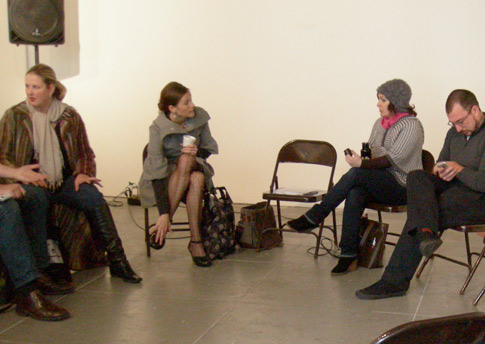 The first panel settles in (L-R: David Huff’s legs (Pro Arts), Christian Frock (Invisible Venue), Svea Lin Vezzone (Swarm Gallery), Kerri Johnson (Blank Space), Mike Bianco (Queens Nails Projects)
The first panel settles in (L-R: David Huff’s legs (Pro Arts), Christian Frock (Invisible Venue), Svea Lin Vezzone (Swarm Gallery), Kerri Johnson (Blank Space), Mike Bianco (Queens Nails Projects)
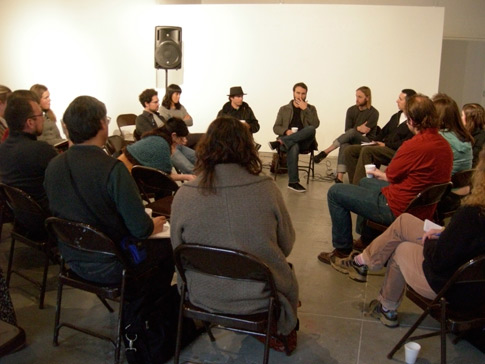 The Artist Respondents move front and center
The Artist Respondents move front and center
The goal of the day was to get a bunch of people talking about issues like arts funding, government and the arts, the stimulus, the economy and what that means for artists, and interesting ways that all these areas may interact. This we accomplished. It is incredibly hard to get a bunch of artists and arts activists who already have an incredibly full work load together and come up with some immediate solutions to any problems, so we didn’t leave the meeting with a clear course of action, but I think that is ok. We’re still really early on, and just hearing out different ideas and perspectives is always fruitful.
I came away with a couple of things in particular though:
1. If artists want more money from government, they have to show up to meetings and prove themselves as a constituency and fight for what they want. They could team up with real estate brokers who know how artists turn areas from bad neighborhoods to desirable ones. They can fight for money in all aspects of government. Someone suggested that every single government project could have some sort of artistic element to it. Even if the budgets for this type of work are small, if these jobs are given only to Oakland (or whichever city you live in) artists, the impact could add up. Mike Bianco spoke about the possibility of starting a union. If a union charged some dues, maybe each locality could hire a lobbyist.
2. The stimulus for the NEA, in comparison to a lot of things, is still very small. Lori Zook, from the Oakland Cultural Arts and Marketing Division, suggested that we look not just to the NEA to get our hands on some stimulus money, but also through Education programs and Community Development Programs. She said there are billions of dollars being funneled into those programs. Now, this assumes that you’d have to fit your art into one of those categories, which is not always the easiest things to do. I was talking to my sister about grants and writing for them in general. Grant writers are incredibly adept at not necessarily fibbing about their projects, but just using the language and framework that the granters want to see. Perhaps we need to become creative in thinking of the ways that our work could be framed.
I was just talking to Joseph and he thinks this idea is a little bogus, as art should be funded because it is art and we and others should see the value in doing just that. I believe that, but it seems clear in this country that many policy makers do not believe that. So I’m ending at one of the very first topics/quandries of the discussion: how to make people understand, believe in, and fund art for its simple value as cultural capital.

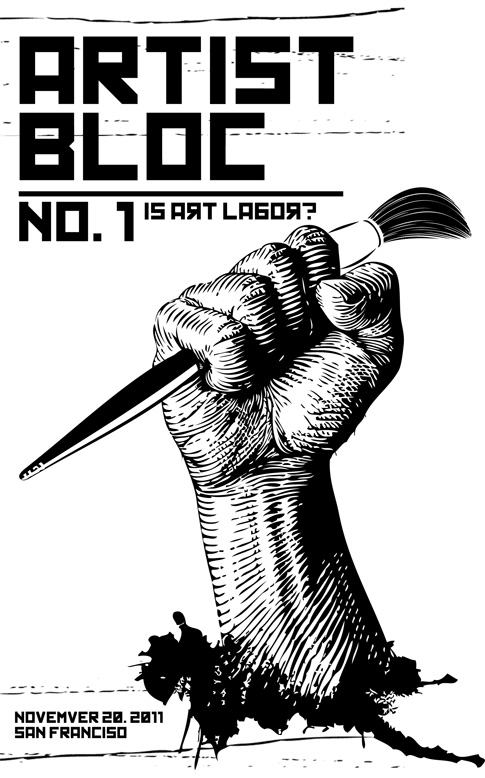
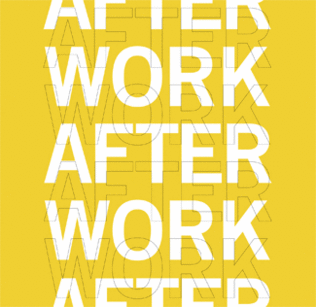




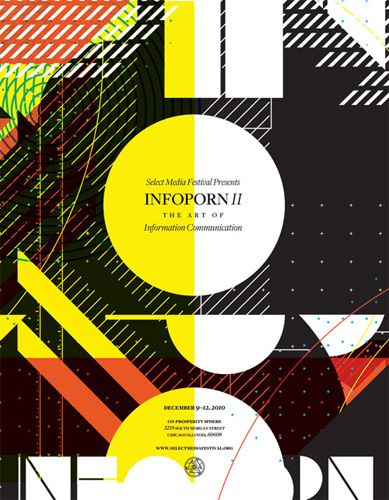
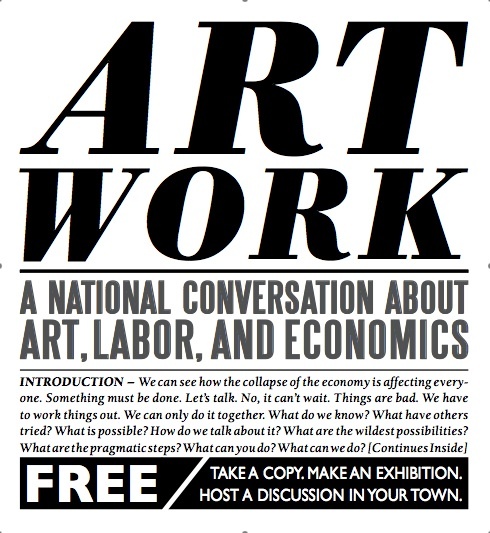
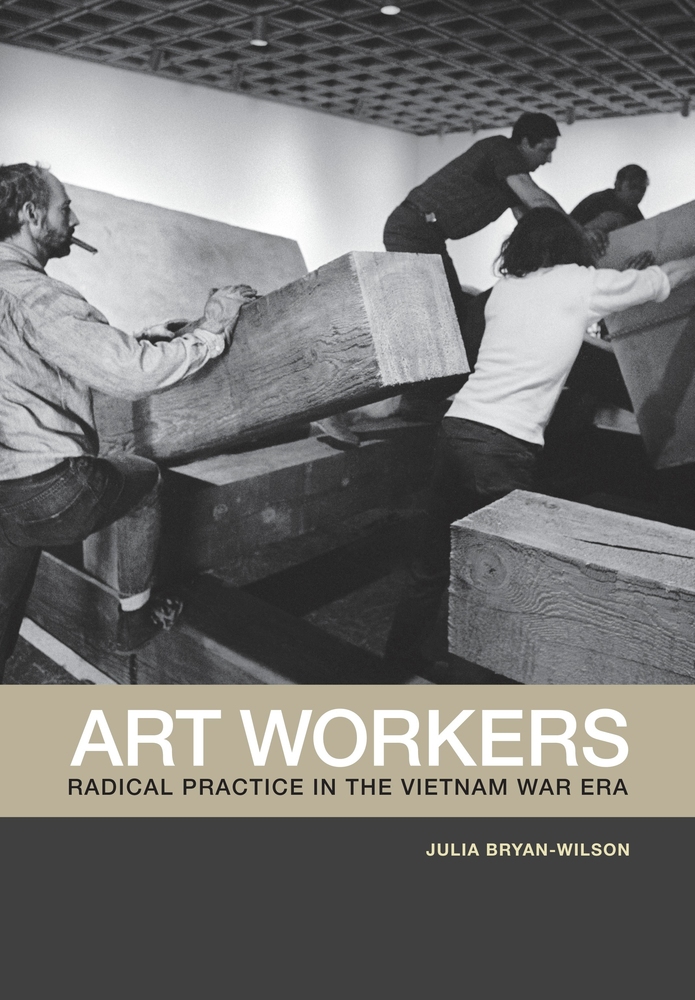
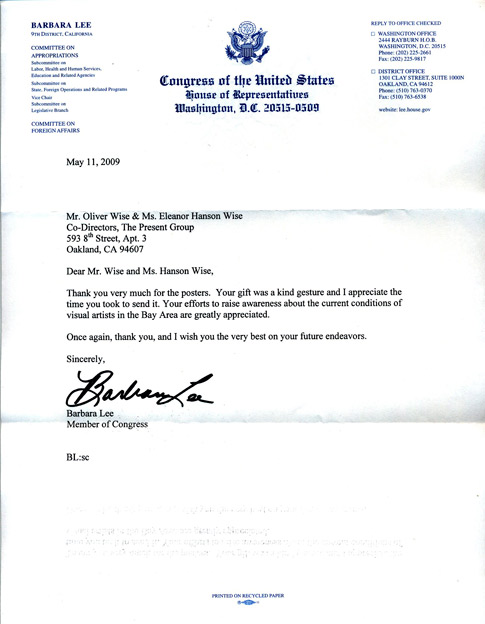

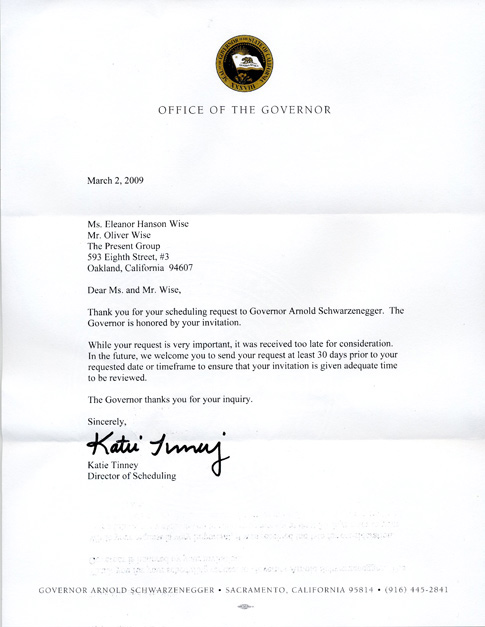
 Oliver and I thank everyone for coming, introduce ourselves, the State of the Arts project, and Joseph
Oliver and I thank everyone for coming, introduce ourselves, the State of the Arts project, and Joseph The first panel settles in (L-R: David Huff’s legs (Pro Arts), Christian Frock (Invisible Venue), Svea Lin Vezzone (Swarm Gallery), Kerri Johnson (Blank Space), Mike Bianco (Queens Nails Projects)
The first panel settles in (L-R: David Huff’s legs (Pro Arts), Christian Frock (Invisible Venue), Svea Lin Vezzone (Swarm Gallery), Kerri Johnson (Blank Space), Mike Bianco (Queens Nails Projects) The Artist Respondents move front and center
The Artist Respondents move front and center







